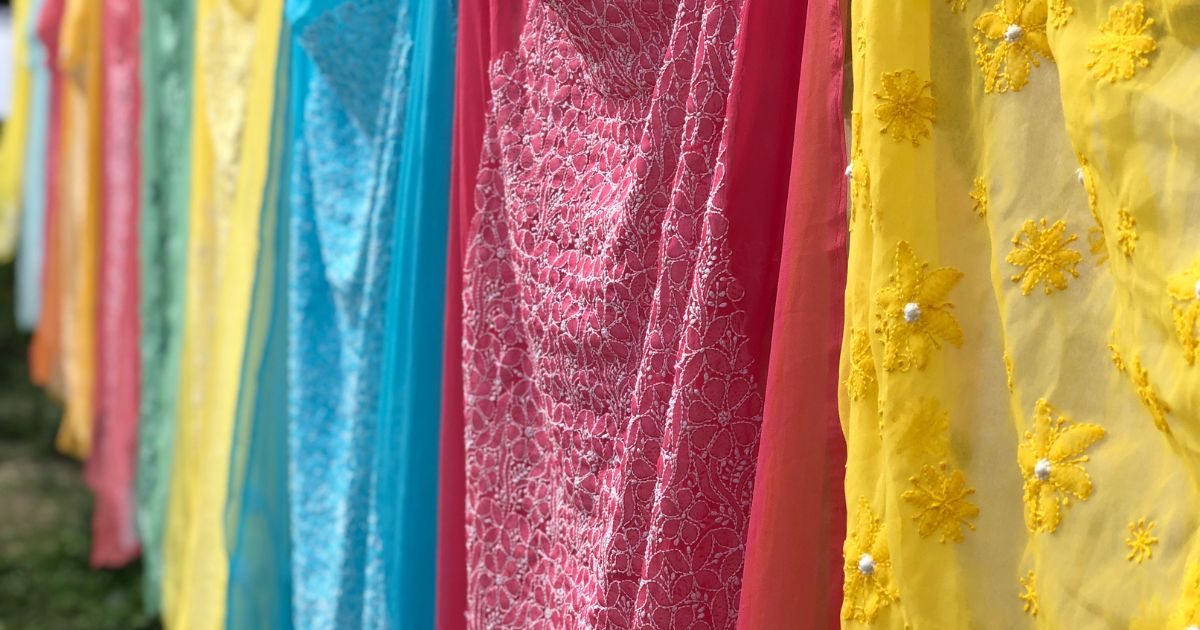Often considered the backbone of every nation, cultural heritage is that element which defines and narrates the story of every country, differentiating the basic genesis of expression and life in a particular region. Archetypal means of life aside, each country is resonant with centuries old-traditions, making special its peculiar know how, one which is time and again felt as an important aspect deserving preservation. In the words of Martin Luther King Jr., ‘we are not makers of history…we are made by history’. Always walking together, history and heritage are a means to thrive in cross-cultural progression, globalisation and even economic, socio-political growth. Countries across the globe have laid emphasis on preserving their heritage. Whether it be the Indian handicrafts or Murano glass, different countries have provided different measures for legal protection.
Position in the European Union
While Geographical Indications (GI), one of the nuances of intellectual property protection, have safeguarded regional products in various sectors, the realm of handicrafts remained unguarded in the European Union. The EU has been steadfast in its commitment to protecting agricultural products and food stuffs, wine or spirits, such as Champagne or Parma ham as GIs. However, handicrafts, despite their cultural and economic significance, were omitted from this protective umbrella. For example, the world-famous Murano glass from Italy could not qualify GI protection under the prior regulations limited to agriculture and food stuff. For centuries, artisans in the Venetian archipelago have perfected the art of glassblowing, creating exquisite and unique pieces that adorn homes and galleries worldwide, including Venetian glass beads. These beads, once used as a form of currency, hold immense cultural value. Infact, the art of Venetian glass beads forms part of the list of UNESCO intangible cultural heritage. Nonetheless, absent Geographical Indication, its legal protection had thus far not been optimised. Mass-produced imitations impacted its reputation posing a threat to the artisans’ livelihoods and the cultural heritage they represent.
While the EU as a whole in the past did not provide protection of handicrafts as GIs, individual countries such as France sought to protect its rich heritage of handicrafts by opening doors for protection of industrial and handicraft products in 2014. Prior to 2014, GI protection in France too was limited to agricultural products and wines. With the expansion of GI applicability, Limoges porcelain, renowned for its quality and craftsmanship, stands protected under French law since few years. This has not only helped preserved the reputation of Limoges porcelain but also maintained the livelihoods of artisans in the region.
In the European Union as a whole, while discussions were on to extend GI protection to handicrafts since many years, it was only recent (on September 12th, 2023) that regulations make possible safeguarding GIs for craft and industrial products. The new rules seek to protect locally renowned products that include lace, glass, natural stones, jewellery, or porcelain similar to agricultural GIs, subject to the product originating in a specific place, region or country, with its quality and reputation required attribution to geographic origin with atleast one production step taking place in the defined geographical area. This change acknowledges the cultural significance and economic contributions of artisans who have sustained traditions for generations.
Position in India
The decision of the European Union resonates with the experience of countries like India, with a rich history of handicrafts. As a member of the WTO, with effect from September 15, 2003, India introduced the Geographical Indications of Goods Registration & Protection Act, 1999. As on date, a total of 484 Geographical Indications stand registered in India of which atleast 259 are for handicrafts (the earliest registration going back to April 2004-March 2005). From the famous Pochampalli Ikat from Telangana, Chanderi sarees from Madhya Pradesh, the Mysore traditional paintings from Karnataka to the intricate Banaras Zardozi, all of these stand registered. By bestowing GI status upon these handicrafts, benefits for the artisans and local communities as well as the economic value associated with their craft has been recognised and given due protection. For instance, the GI protection given to the Banarasi silk has helped increase its price and authenticity attracting more buyers and tourists, leading to an improvement in the income and standard of living for the weavers. The Indian government too has been actively promoting the export of GI-tagged handicrafts, boosting the income of artisans and regional economies. With few cities such as Bengaluru and Goa launching Geographical Indication stores, possibility of boosting authentic products for sale has only increased the importance given to GIs.
Understanding the power of GI tags
Having a product with GI certification helps in preventing its misuse by third parties whose similar products do not conform to the standards applicable to a given GI. The Champagne industry in France stands as a prime example, benefiting immensely from GI status, which not only guarantees the genuineness and quality of the product but also allows the region to maintain control over the revered “Champagne”. Similarly, India’s renowned Darjeeling tea, protected under GI status, has gained international recognition, solidifying its reputation and market value.
The introduction of Geographical Indication (GI) tags to handicrafts not only bestows a shield of authenticity upon these age-old traditions but also significantly enhances their value in the global marketplace. GI tags serve as a seal of quality, instantly distinguishing genuine handicrafts from imitations. This assurance of authenticity attracts discerning consumers, connoisseurs, and collectors, willing to pay a premium for the authentic product. As a result, artisans and craftsmen benefit from increased demand, higher prices, and improved incomes. With GI tags acts as a formidable deterrent against counterfeit products, knock-offs and cheap imitations can no longer masquerade as authentic handicrafts. This not only safeguards the reputation and livelihoods of artisans but also upholds the cultural and historical significance of these crafts.
The Road Ahead
With the EU’s decision to grant GI protection to handicrafts, we can expect a surge in applications seeking to protect their creations/handicrafts. This will undoubtedly lead to a richer tapestry of protected handicrafts, reinforcing the global appreciation for cultural diversity and craftsmanship. As of now, there are numerous crafts pending GI recognition. Having said that, the new regulations are a victory for artisans signifying the growing importance and global effort to preserve cultural heritage, promote economic growth, and ensure the continued legacy of craftsmanship. As more countries join this movement and artisans seek protection for their unique creations, we can look forward to a world where artistry and cultural significance are celebrated and safeguarded more than ever.
Author:
 Radha Khera
Radha Khera
Managing Associate at Remfry & Sagar
(IP & Fashion Lawyer)
Co-author:

Mario di Giulio
Partner at Pavia e Ansaldo Law Firm & Co-founder and Vice President of The Thinking Watermill Society
















